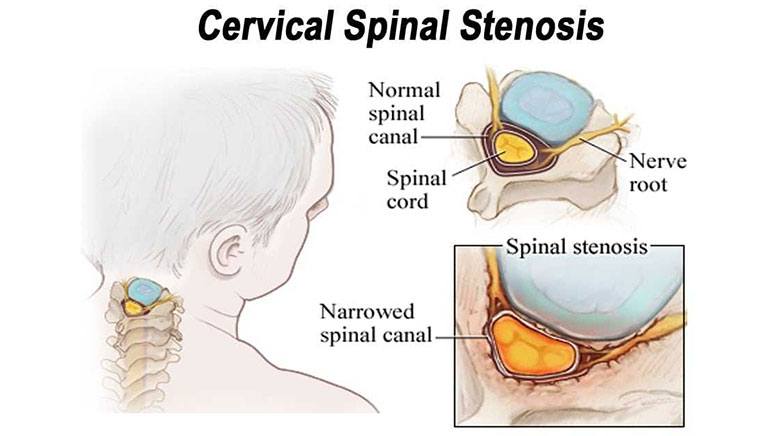Overview

Spinal stenosis is a condition that is seen in advanced age (aged). It is caused by narrowing of the spinal canal and this can result in pain and different complications. Your spine consists of a progression of connected bones (or vertebrae) and discs that are shock absorbing. It secures your spinal cord, a critical piece of the central sensory system that interfaces your brain to your body. The cord rests in the carnal shaped by your vertebrae. There are two unique sorts of spinal stenosis.
- Cervical stenosis – this is the narrowing of the neck space of the spine.
- Lumbar stenosis [1] – the point at which the space at the base of the back of the spine is constrained or narrow.
You can have just a type of the two forms of spinal stenosis, and the most well-known is lumbar stenosis. For many people, stenosis results from changes brought about by joint inflammation (arthritis). As the spinal canal reduces, the open spaces between your vertebrae begin to reduce and get smaller. The tightness can squeeze the spinal cord or the nerves around it, causing torment, shivering, or paralysis in your legs, arms, or mid-section. There’s no definitive treatment, however, there is an assortment of nonsurgical medicines and activities to keep the pain under control. The vast majority with spinal stenosis live a normal and comfortable life.













